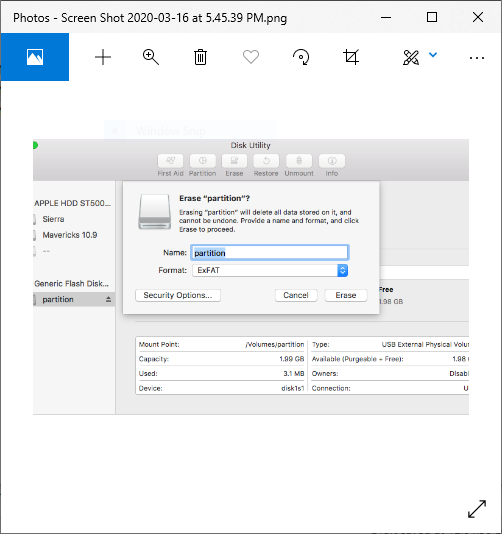

I’ve used cheap drives at home without problems, but you can invest in more durable materials and more attractive designs if portability or aesthetics are important.įor more compact laptop drives, things are just a tad more confusing, since they look so similar. That said, you do get what you pay for, to an extent. For smaller drives, their more compact 2.5-inch model works well for a dirt-cheap price and comes in multiple connection types. This model fits 3.5-inch drives, and you can grab it with old-school USB-A or new-school USB-C, depending on what ports you’ll need to plug it into. On the affordable end, ORICO enclosures are popular and have worked well for me in the past.

The label may also list the drive’s connection type.įor 3.5- and 2.5-inch drives, there are dozens of different enclosures out there. Just look at your drive (or, if you haven’t opened your computer yet, look at photos or video of your laptop’s repair guides) and compare it to the photo above.

That may sound like a lot, but don’t worry-you don’t necessarily need to know everything about each drive type. M.2 NVMe SSDs often look similar to M.2 SATA SSDs, but may not be compatible with the same enclosures.

The actual process of switching drives is as easy as it sounds, even if you’ve never dug into a laptop’s innards before. But if you haven’t done so already, you’ll need to copy any important files off your old drive first, or clone your operating system installation with a tool like Macrium Reflect (Windows) or Carbon Copy Cloner (Mac) before you open up your computer and swap the new drive in. We won’t get into the ins and outs of upgrading your drive here, since that’s a guide all on its own. It’s incredibly easy, as long as you buy the right gadget. Don’t toss out that old drive when you’re done, though-you can put it in a USB enclosure and use it as an external drive for backups, extra storage for your gaming PC, or as a way to hand stuff off to your friends. If your laptop allows you to open up the bottom and pop in a new drive, upgrading the drive is easy. You think there’s no way you’ll ever need more than 256GB, but there you are, one measly year later, staring at an overflowing C: drive that won’t stop bugging you with reminders that it’s almost full. It’s easy to skimp on storage when you’re buying a computer.


 0 kommentar(er)
0 kommentar(er)
